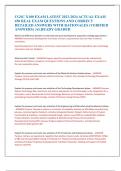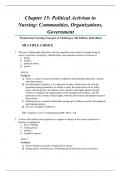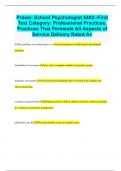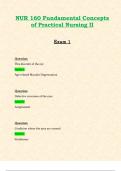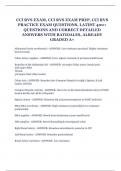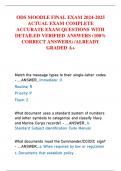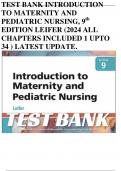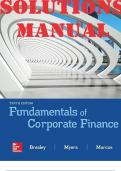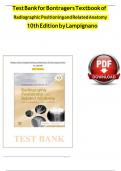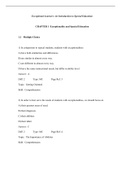Exam (elaborations)
CGSC X100 EXAM LATEST ACTUAL EXAM 450 REAL EXAM QUESTIONS AND CORRECT DETAILED ANSWERS WITH RATIONALES (VERIFIED ANSWERS) |ALREADY GRADED
- Course
- Institution
CGSC X100 EXAM LATEST ACTUAL EXAM 450 REAL EXAM QUESTIONS AND CORRECT DETAILED ANSWERS WITH RATIONALES (VERIFIED ANSWERS) |ALREADY GRADED CGSC X100 EXAM LATEST ACTUAL EXAM 450 REAL EXAM QUESTIONS AND CORRECT DETAILED ANSWERS WITH RATIONALES (VERIFIED ANSWERS) |ALREADY GRADED
[Show more]
